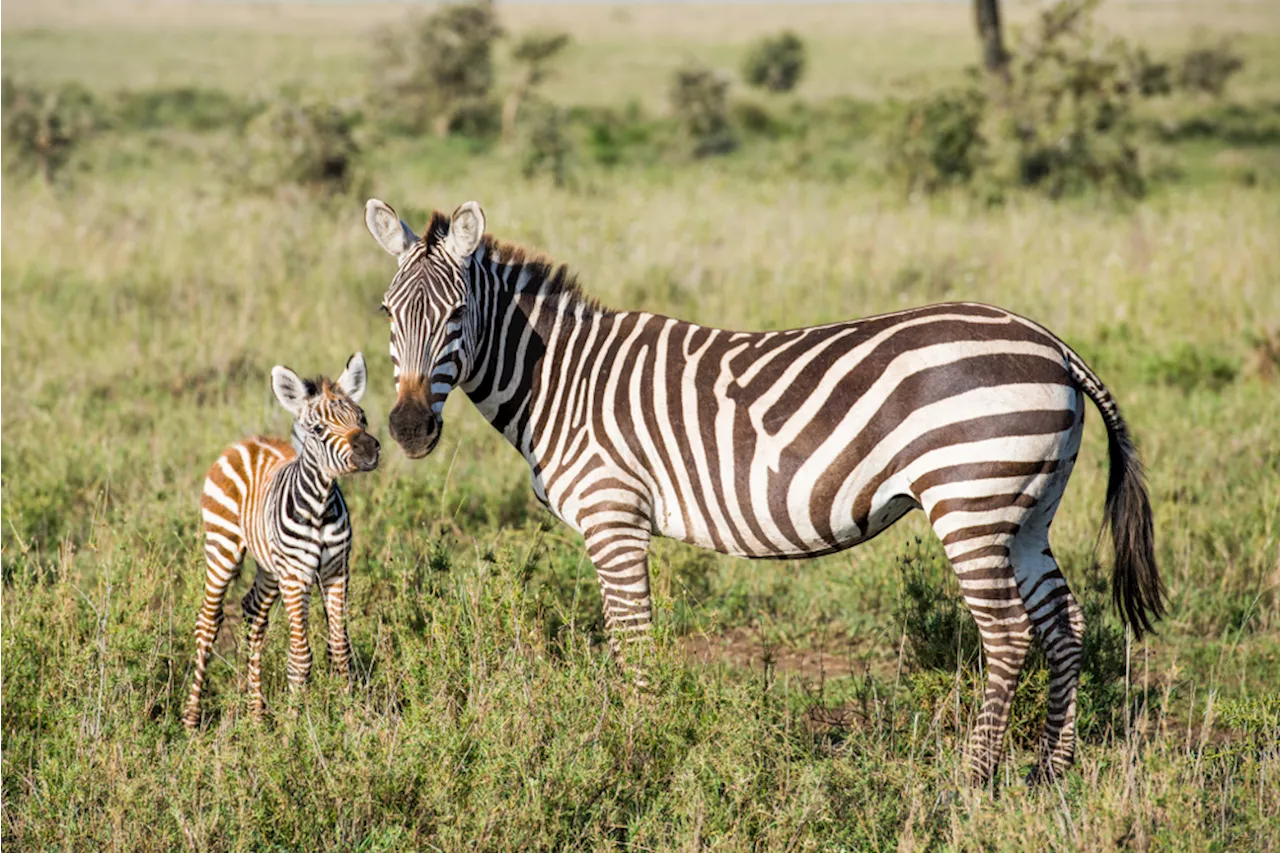New research upgrades Alan Turing’s theory on the formation of skin patterns.
When Alan Turing visited the Birch Aquarium in San Diego, he found an unexpected clue to an age-old biological question: How do animals get their spots and stripes? On one level the answer is simple; it’s easy to see how they could’ve evolved as camouflage or warning signals, or as a way to attract mates.
But evolutionary explanations don’t get at the deeper problem: How, in a nitty-gritty mechanistic sense, do these patterns develop in individual animals? Because on the face of it, they don’t make much sense. When colors interact, we typically expect them to blend until they reach a bland equilibrium. Pour milk into your coffee and you don’t get interesting patches of brown and white like a leopard’s coat — you get 8 ounces of uniform beige
Animals Spots Stripes Alan Turing Skin Patterns Research
